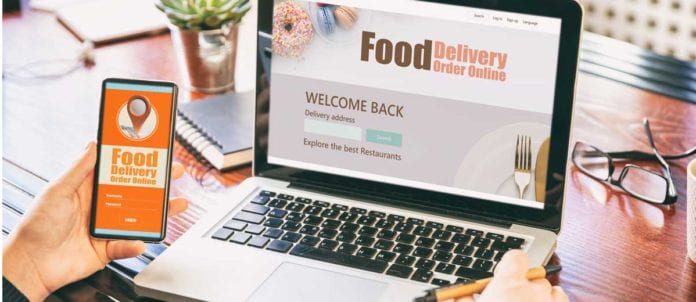When COVID-19 hit, necessitating the closure – full or partial – of restaurants across the country, operators found themselves faced with two options – adapt their business model or close their doors.
“Takeout and delivery [were] no longer about additional revenue, but [were] a significant source of revenue,” says Karisa Marra, restaurants expert for Square.
And as delivery and takeout quickly become the new normal for restaurants, technology became a key differentiator.
“We [saw] sit-down restaurants, breweries, bakeries and cafés all quickly pivot to offer takeout or delivery options to their customers,” says Marra. “Foodservice operators needed to tap into technology to push through this unprecedented time and their providers, in turn, needed to step up to make sure they were supported to do so.”
As uncertainty mounted, she says people were less willing to venture out, leading to increases in takeout and delivery, which forced services to adapt, and quickly. Marra adds businesses didn’t have the luxury of testing the technology waters over time, so it was critical operators chose tools that helped them get up-and-running quickly, and immediately allowed them to reach their customers.
“New tech features would normally take weeks to launch, but with time of the essence, the pace [had to speed] up out of necessity, and necessity breeds innovation.
While physical-distancing measures meant more customers stayed at home, Marra says restaurants “fortunately had a lot of options to continue to service them,” such as curbside pickup and local-delivery options.
“
Taking orders online for the first-time might feel like a big change for a small operator, but it can be quick and easy,” she says, adding apps such as Square offered an affordable way for foodservice operators to create and launch an online-ordering site forno monthly fee.
Many foodservice businesses across Canada quickly found new and interesting ways to employ technology to reach customers. For example, Tinhouse Brewing in Port Coquitlam, B.C. built a digital storefront for craft-beer pick-up and deliveries, while Steinhart Distillery in Nova Scotia shifted its production to hand sanitizer and its phone didn’t stop ringing. When his local farmers’ market closed, a PEI farmer started hurling pork products through his car window to maintain social distance, literally creating back-door sales.
“Food operators can find creative ways to keep customers smiling during tough times,” says Marra. “It comes back to the customer and serving their needs.”


















